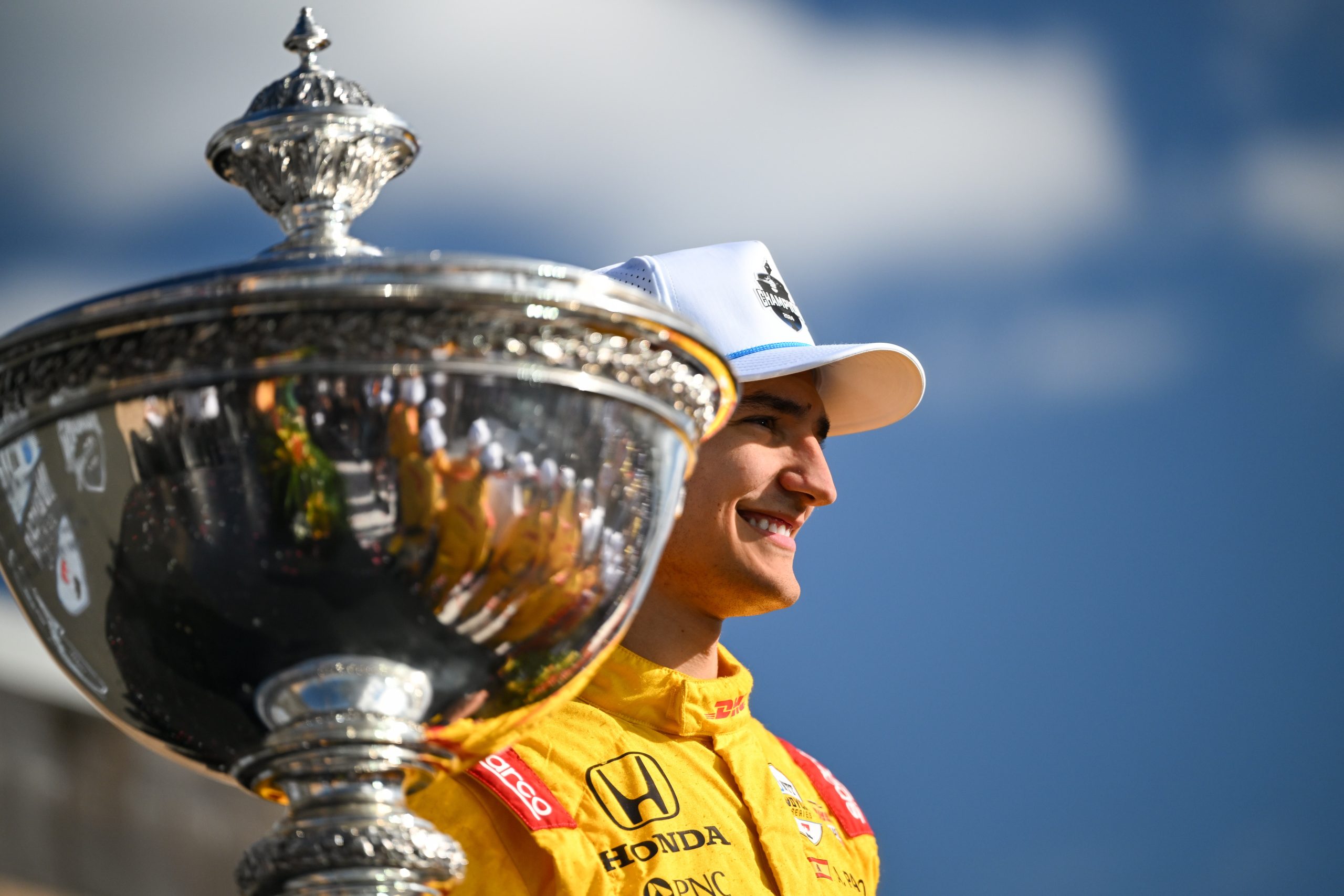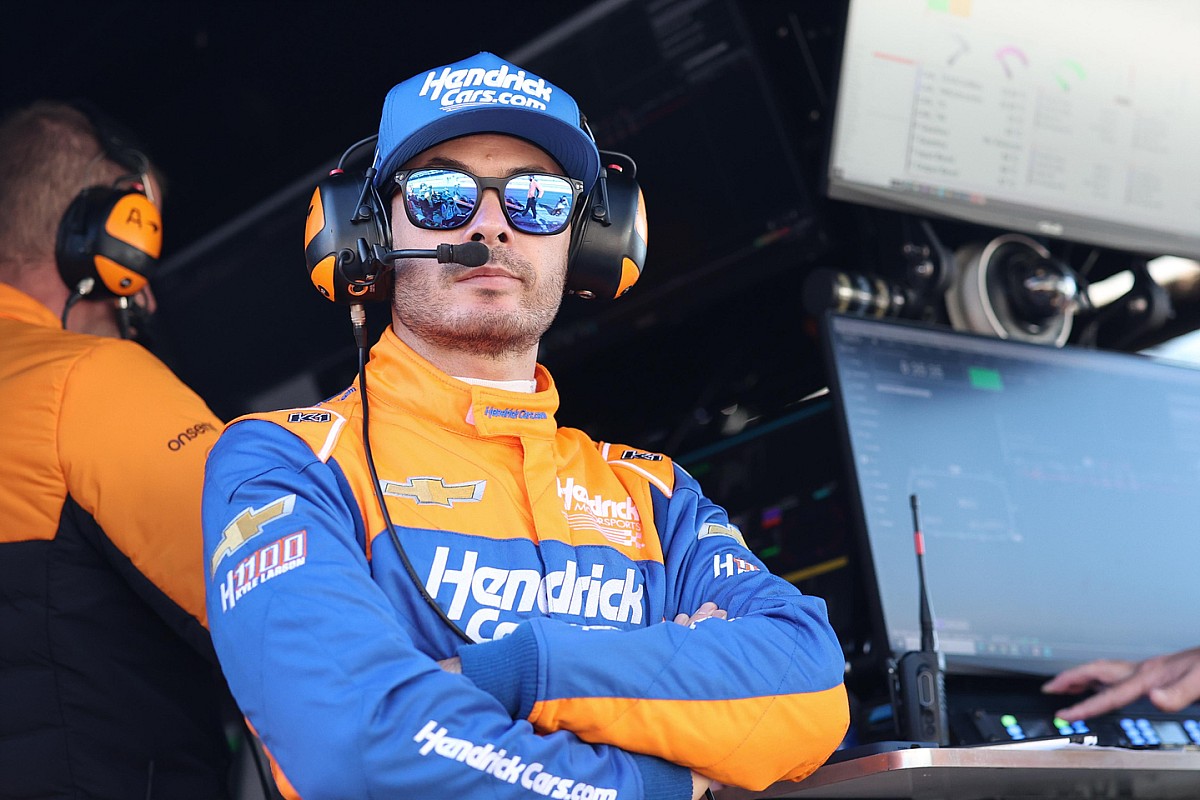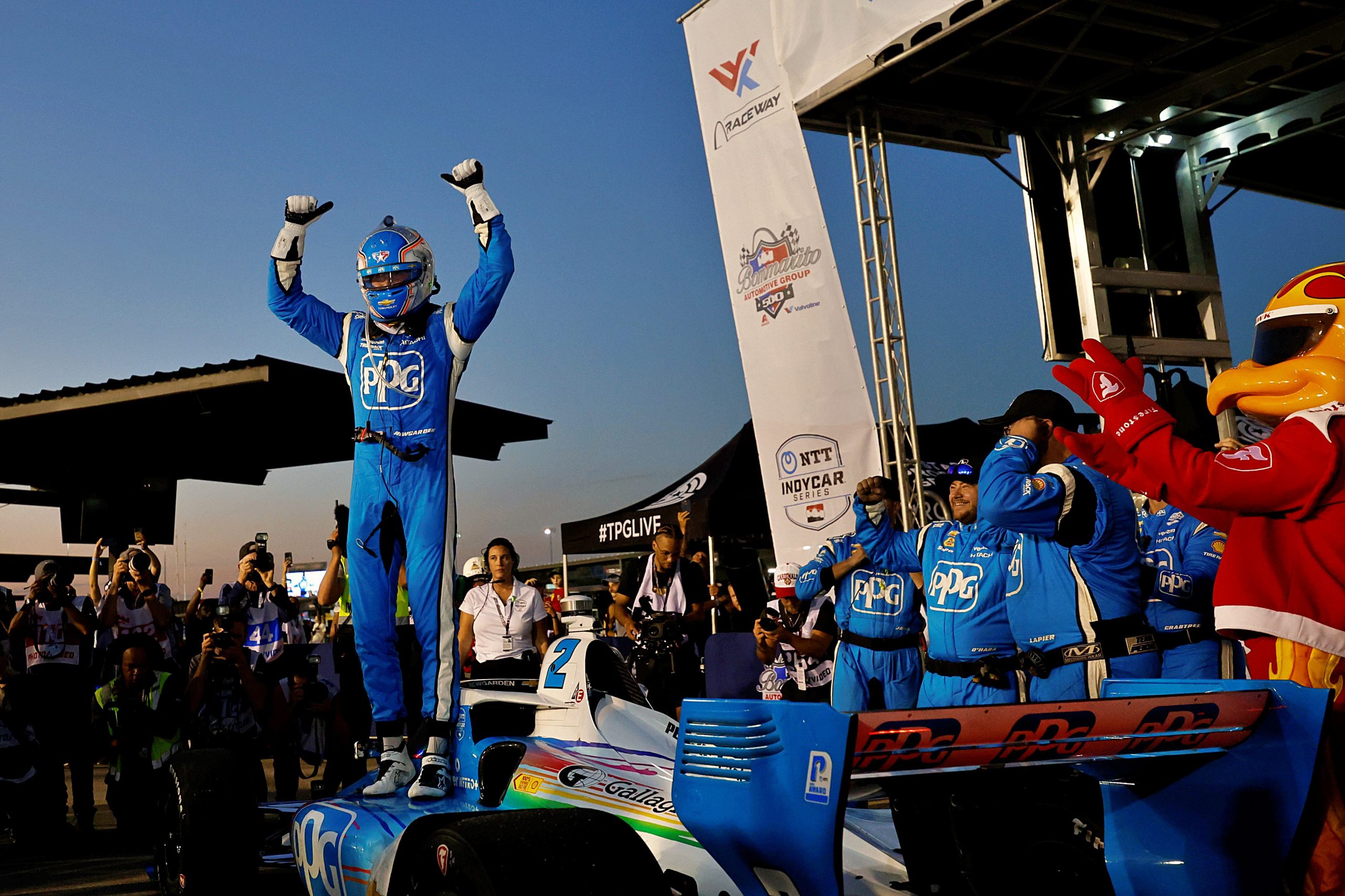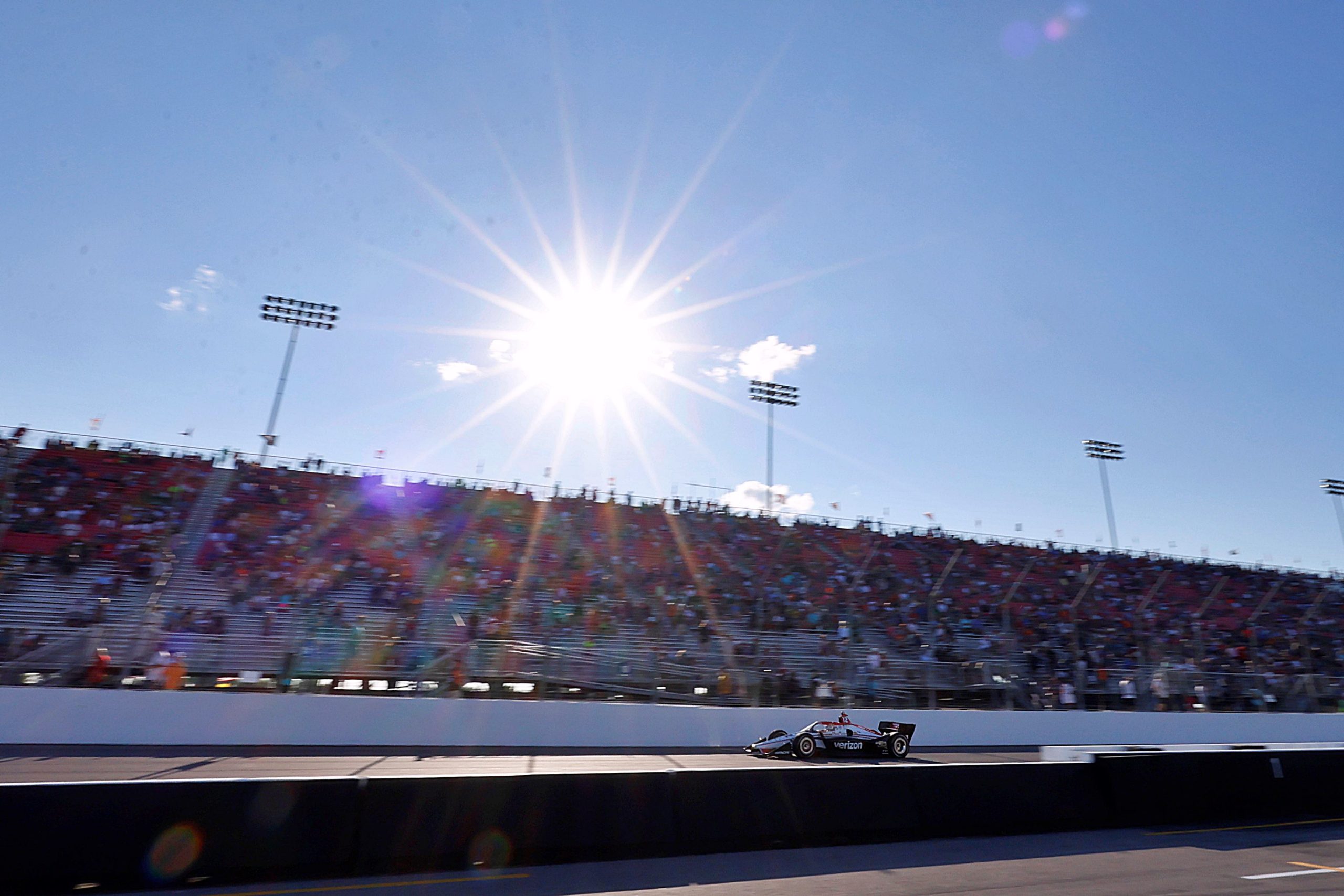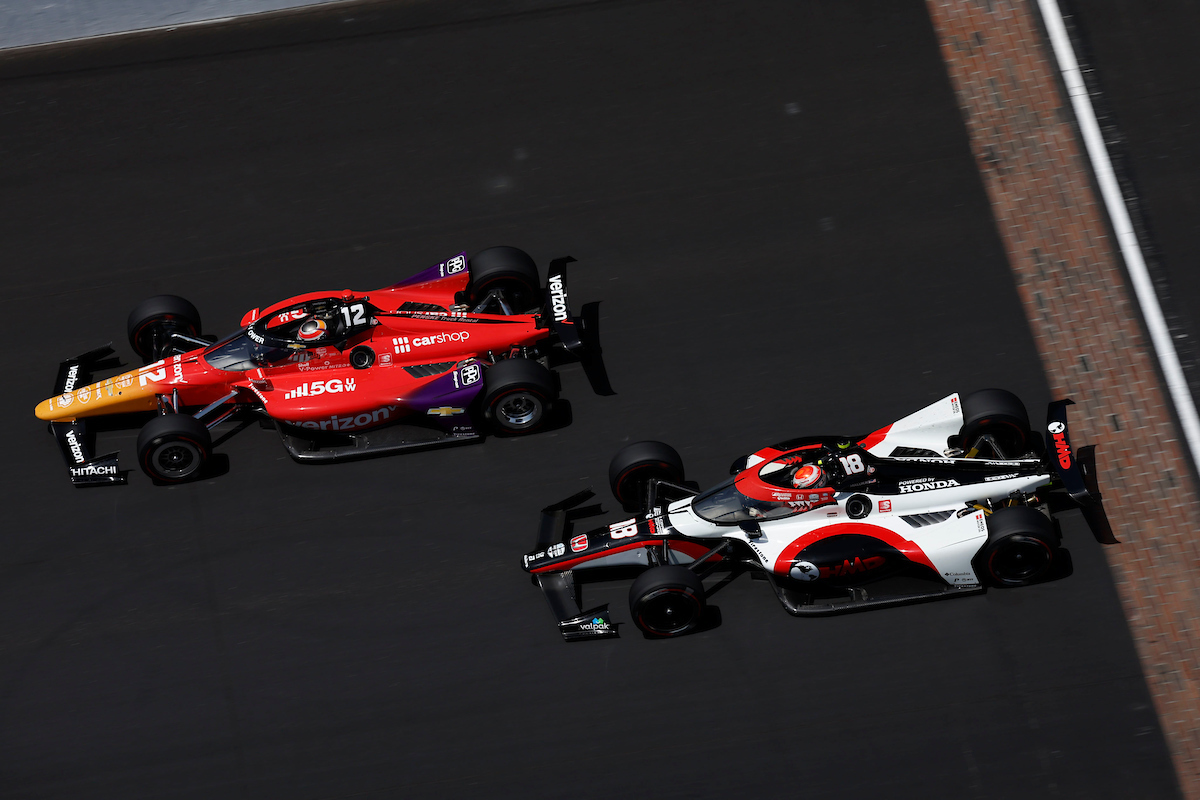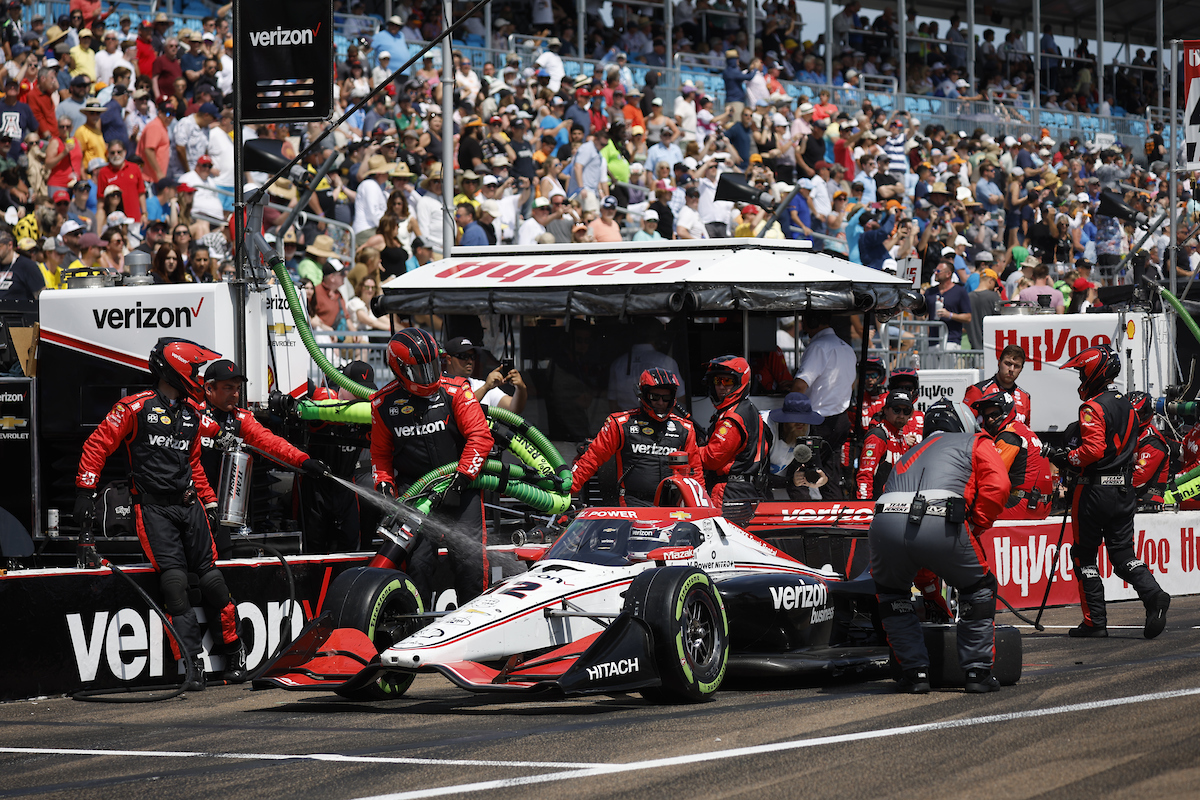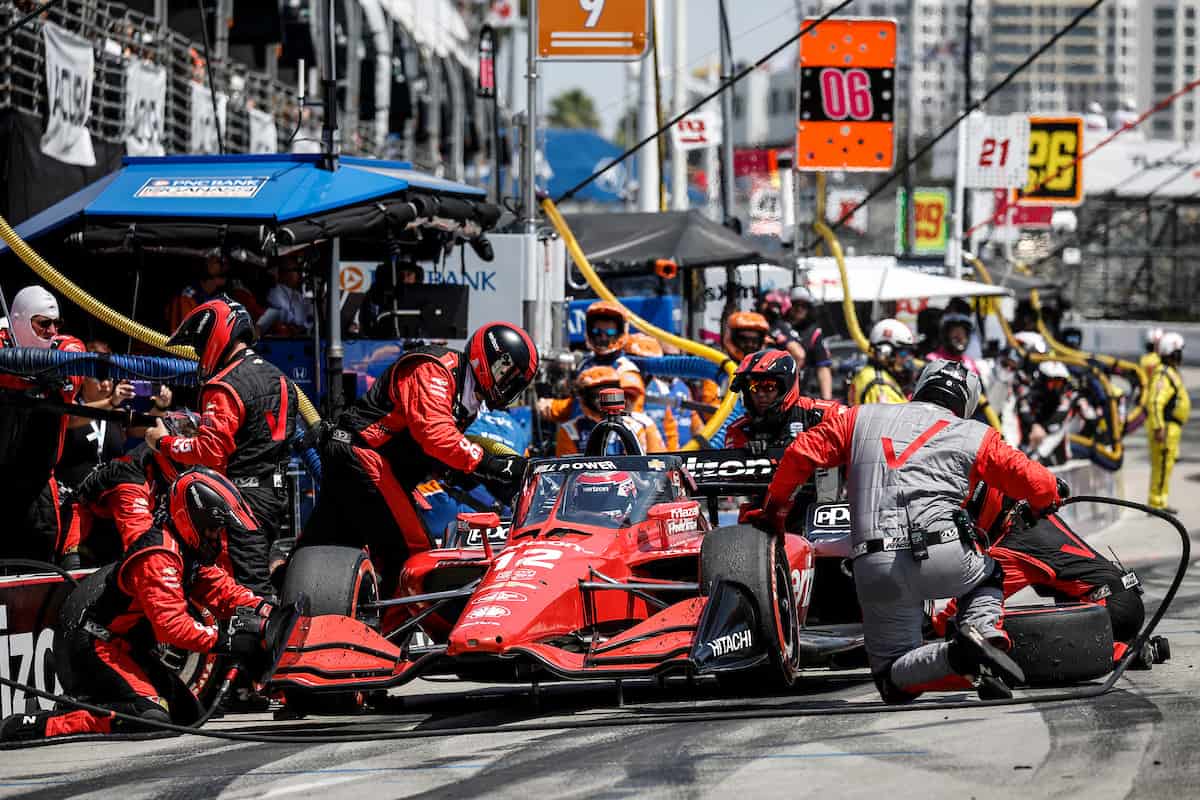IndyCar Evolution: Decades of Racing History
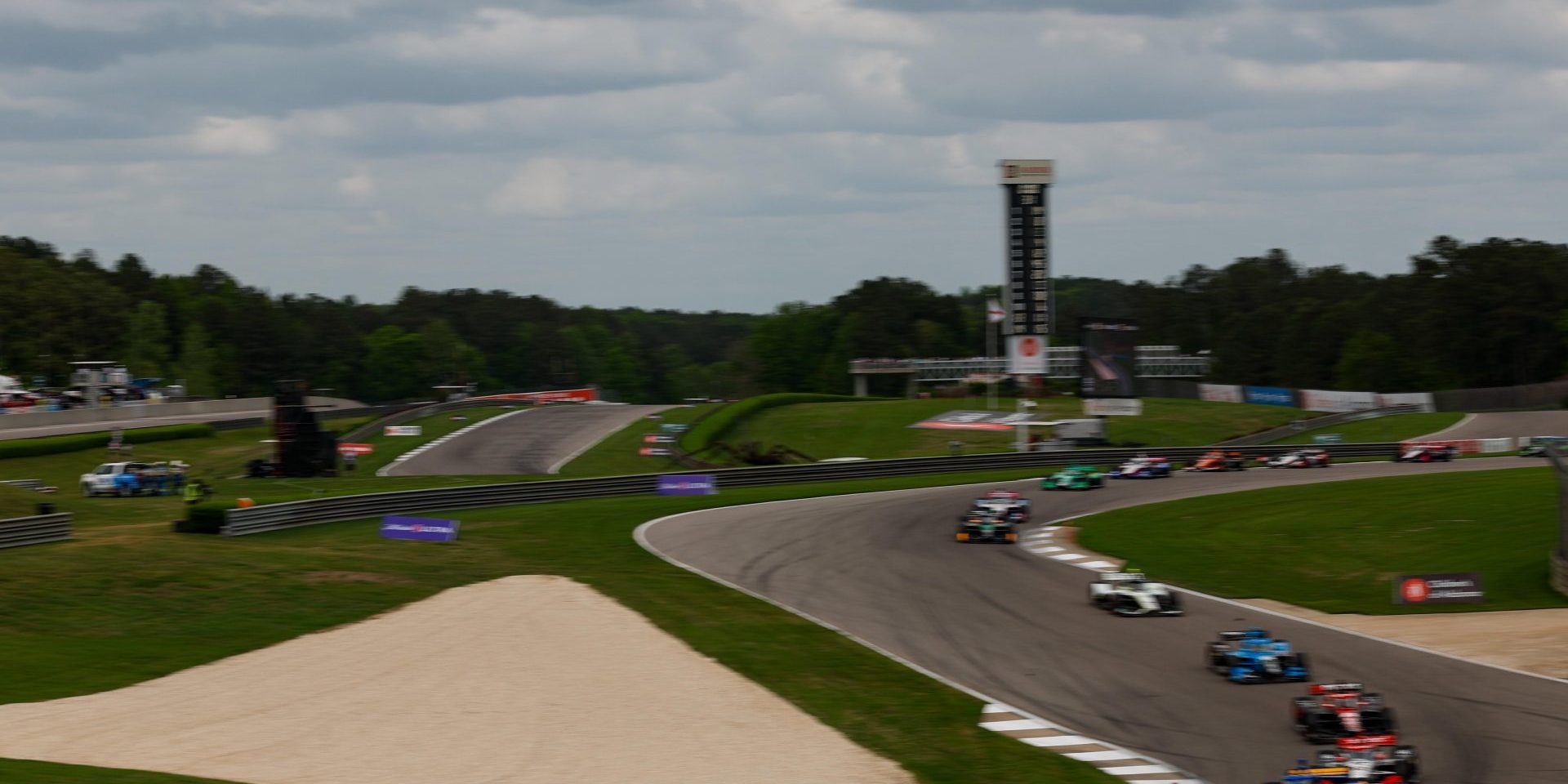
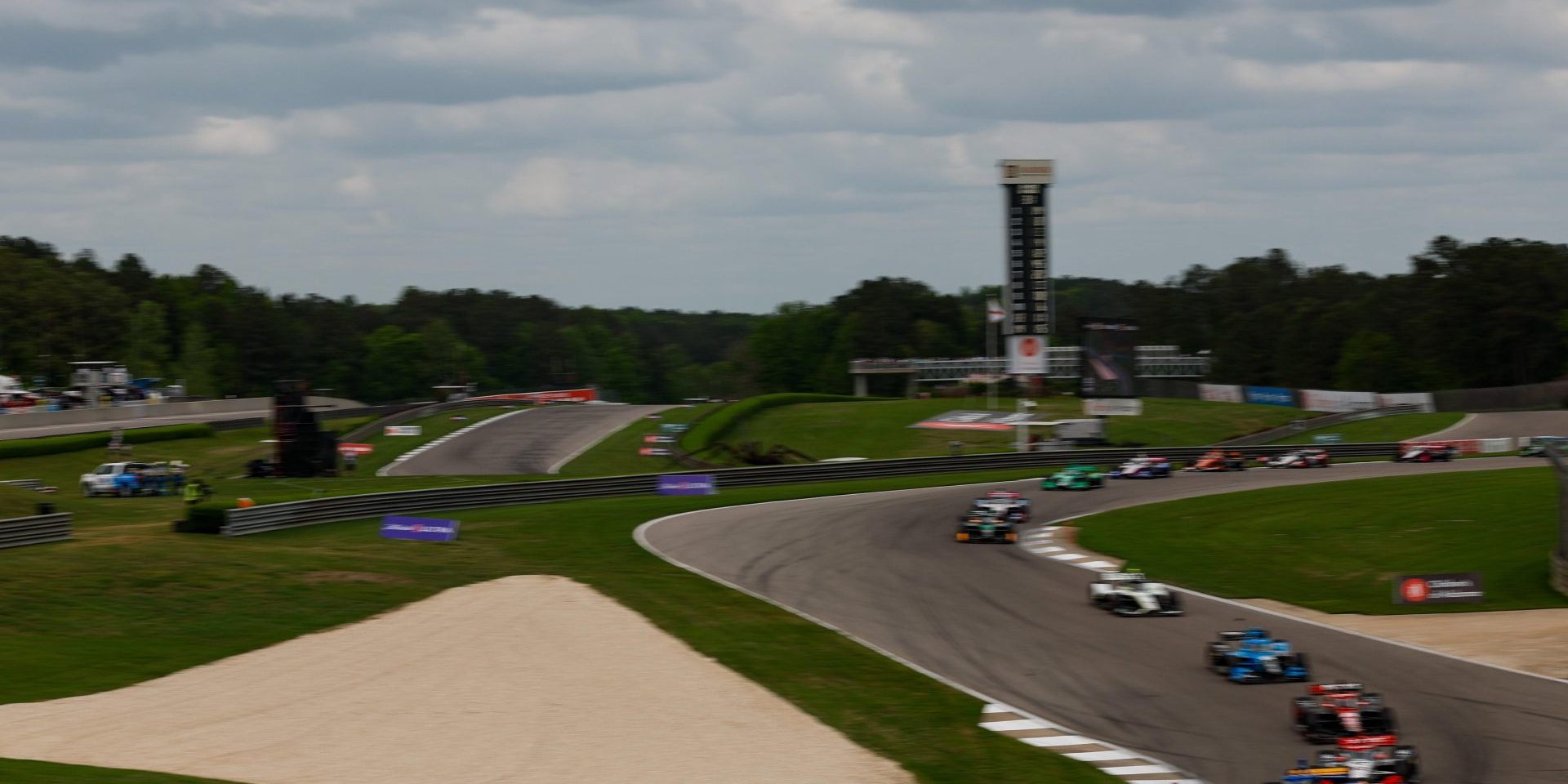
Have you ever wondered how IndyCar racing has changed over the years? What big moments defined its exciting story? And how did it change from a small sport to a major one we all love today? Let’s dive into the amazing story of IndyCar racing, from the start to now.
Table of Contents
Evolution of IndyCar Series Sanctioning Bodies
After the AAA stopped sanctioning IndyCar racing, the series needed a new leader. In 1956, the United States Auto Club (USAC) began managing the races. However, things changed in 1979 when Championship Auto Racing Teams (CART) started.
This brought a big change to IndyCar racing. It split the series into two groups. Now, USAC and CART were competing against each other.
The CART time was filled with excitement and challenges. It focused on new ideas and races around the world. Fans were drawn to the series for its thrilling races and fierce competition.
USAC, on the other hand, lost its pull over IndyCar racing. The split made things messy in the racing world. Both USAC and CART wanted to be the top choice.
Then, in 1994, Tony George introduced the Indy Racing League (IRL). He wanted to support American talent. But this also created a split among teams and drivers.
For more than a decade, CART and the IRL battled for attention. This struggle hurt the sport, making it less popular. It was hard to keep fans and sponsors.
Finally, in 2008, CART and the IRL agreed to join forces. They formed the IndyCar Series we know today. This merger combined the best of both worlds. It brought back the excitement to open-wheel racing in the U.S.
| Sanctioning Body | Years Active |
|---|---|
| American Automobile Association (AAA) | 1909-1955 |
| United States Auto Club (USAC) | 1956-1979 |
| Championship Auto Racing Teams (CART) | 1979-2003 |
| Indy Racing League (IRL) | 1994-2007 |
| IndyCar Series | 2008-present |
The evolution of IndyCar Series sanctioning bodies shows its rich history. From the AAA days to the divide with CART and the IRL, a love for racing has been at its core. This journey has made the IndyCar Series what it is today.
Introduction of the Dallara Chassis
In 2012, the IndyCar Series saw a big change with the Dallara IR-12 chassis. This became the new norm for all teams. It was a big shift in IndyCar racing. Honda and Chevrolet each offered their own engines. This was all about improving speed, safety, and how the cars handled in the air.
The Dallara chassis made the cars safer. It had a smart design around the back wheels. This stopped cars from driving on top of each other. It cut down the risk of serious crashes. Safety was always a major concern for the IndyCar Series. The Dallara chassis showed it was top of mind for them.
The plan in 2012 also wanted to add aerodynamic kits. These kits would let the teams tweak the cars for better performance. But, costs put this off until 2015. IndyCar wanted to keep the sport exciting and fair for all teams. They balanced new ideas with what teams could afford.
Above, you can see the sleek Dallara chassis. It screams fast and high performance. The design helps the cars cut through the air and go faster. Having the Dallara chassis in the IndyCar Series is a win for everyone. It makes racing better for drivers and fans. Plus, it shows how much the series cares about new tech and staying safe.
Notable IndyCar Racing Innovations
The IndyCar Series has been a leader in racing technology over the years. It has seen many new ideas that have changed the sport. These include new aerodynamic designs and engine technologies. IndyCar racing always looks to improve what cars can do on the track.
- Ground effects with the Chapparal: The Chapparal introduced ground effects in the late 1970s. It had a unique body design that created a vacuum underneath. This made the cars stick better to the track. It meant cars could go faster and handle better.
- Turbocharged engines in the Penske/Mercedes Benz cars: Turbocharged engines were a big innovation in the 1990s. The Penske team and Mercedes Benz worked together to use them. These engines gave the cars more power. This made them accelerate faster and reach higher speeds. Turbocharged engines added a new level of excitement to IndyCar racing.
- The Reynard chassis: In 1996, the Reynard chassis set records that still hold today. Adrian Reynard designed it with advanced aerodynamics. This made the cars faster and more agile. The Reynard chassis showed how important new tech is in racing. It can help cars perform at their best.
- Introduction of the Dallara chassis: The Dallara IR-12 chassis was introduced in 2012, focusing on better aerodynamics and safety. It was a big step forward for IndyCars. The Dallara chassis was designed to make cars handle better and go faster. It also added safety measures, like better cockpit protection. This focused on keeping drivers safe.
These innovations have been key to making IndyCar racing better. They have improved how fast cars can go and how safe they are. Drivers can now drive more confidently at their limits. With every new advancement, IndyCar racing moves to new levels of excitement and technology.
Conclusion
IndyCar racing has evolved a lot since the 1900s. Over the years, it has reached many great moments and grown into one of the world’s top racing events.
The Indianapolis 500 played a big part in the sport’s history. It started in 1911 at the Indianapolis Motor Speedway. This legendary race has shown everyone the skill and will of the drivers. It has also built a passionate fan base that looks forward to the race every year.
In 2008, CART and IRL merged. This move combined two separate competitions into one, making the IndyCar Series stronger and more together. The merge helped in raising the sport’s intensity. It also allowed for new and better technology in the sport.
Today, IndyCar racing is all about pushing the limits and keeping fans on the edge of their seats with exciting races. The creation of the Dallara chassis is just one example of how the sport has become safer and more advanced. As time goes on, IndyCar will surely see more changes and advances that will define its future.


